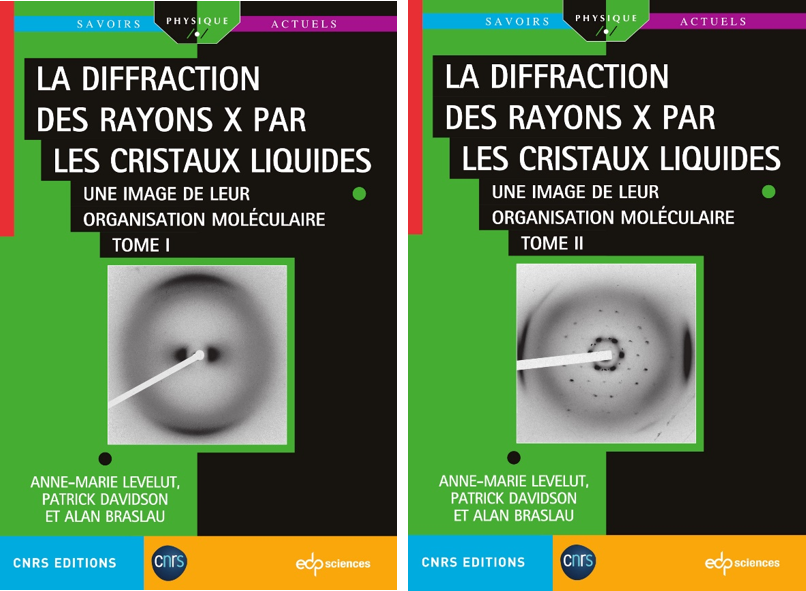Liquid crystals are substances with one or more states of matter between the crystalline solid and the usual liquid. These liquid-crystal states are characterized by the specific, microscopic organization of their constituents: molecules, polymers, nanoparticles… Researchers have just published a book on the value of X-ray diffraction for probing these very particular molecular organizations.
As liquid crystals are frequently found in everyday life (display devices, detergents, composite materials, biological structures…), they are the subject of active research, one of the aims of which is to determine their structure in order to identify them. These structural studies are most often carried out using radiation scattering, in particular X-rays, which is the subject of this book. It is addressed at graduate students, researchers and lecturers, as well as industrial engineers, physicists and chemists, concerned with partially disordered systems commonly referred to as “soft matter”.
The first part of the first volume introduces the subject, followed by a chapter reviewing the basic knowledge of radiation scattering required for this type of study, and another providing an overview of liquid-crystal states and their X-ray scattering patterns. The second part describes in much greater detail, in addition to the usual liquid state, the most common liquid-crystal state, called “nematic”, in which the constituents have orientational order but no positional order.
The second volume is devoted to more ordered liquid-crystal states in which the constituents possess both orientational order and positional order. Depending on whether this positional order develops in one, two or three dimensions of space, these liquid-crystal states are respectively called “smectic”, “columnar” or “three-dimensional defect networks”. The first part (the third in the book) deals with smectic states, from the most organized, very close to usual crystals, to hexatic smectics, and to the most disordered, called liquid smectics, possibly chiral. This section also describes columnar liquid crystals. The final section presents the structural study of three-dimensional defect lattices: interface crystals and lattices specific to chiral molecules. Finally, an appendix summarizes the identification of numerous liquid-crystal structures by X-ray scattering, and another proposes a classification based solely on symmetry properties.

Anne-Marie Levelut, CNRS Research Director at the Laboratoire de Physique des Solides (LPS) in Orsay, has devoted her career to the structural study of liquid crystals. Patrick Davidson, also CNRS Research Director at the LPS, studies the structural and physical properties of “soft matter”, in particular liquid crystals. Alan Braslau, as a CEA Research Engineer in the Condensed State Department at Saclay, has long been interested in the statistical physics issues raised by disordered systems.
